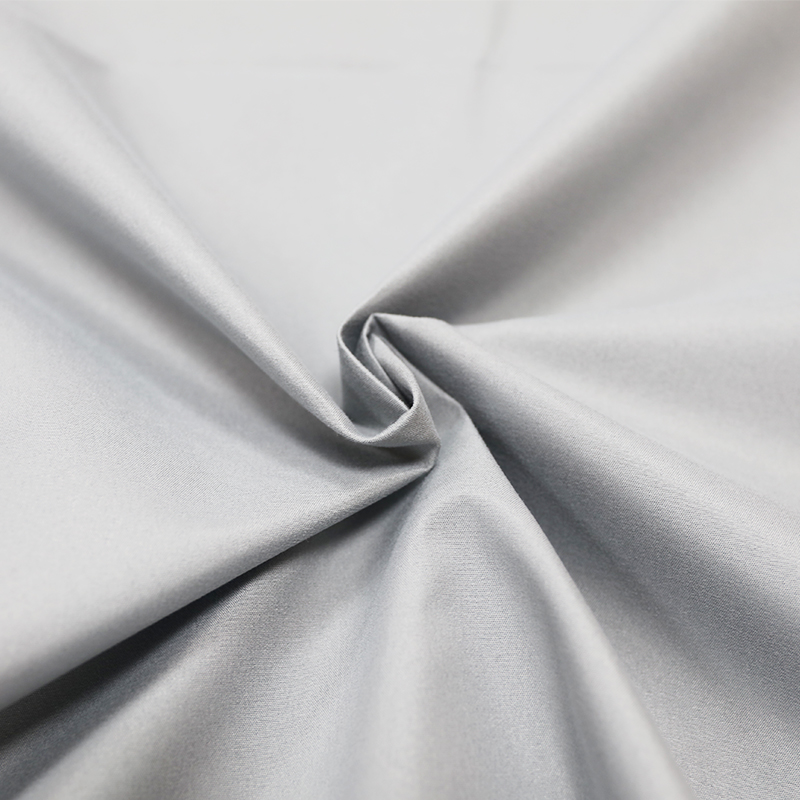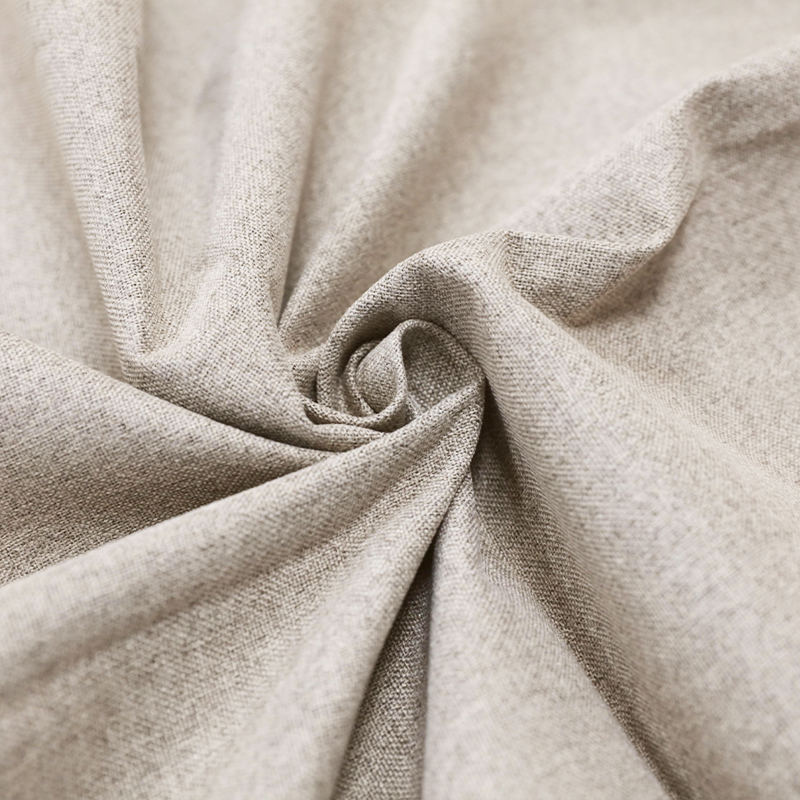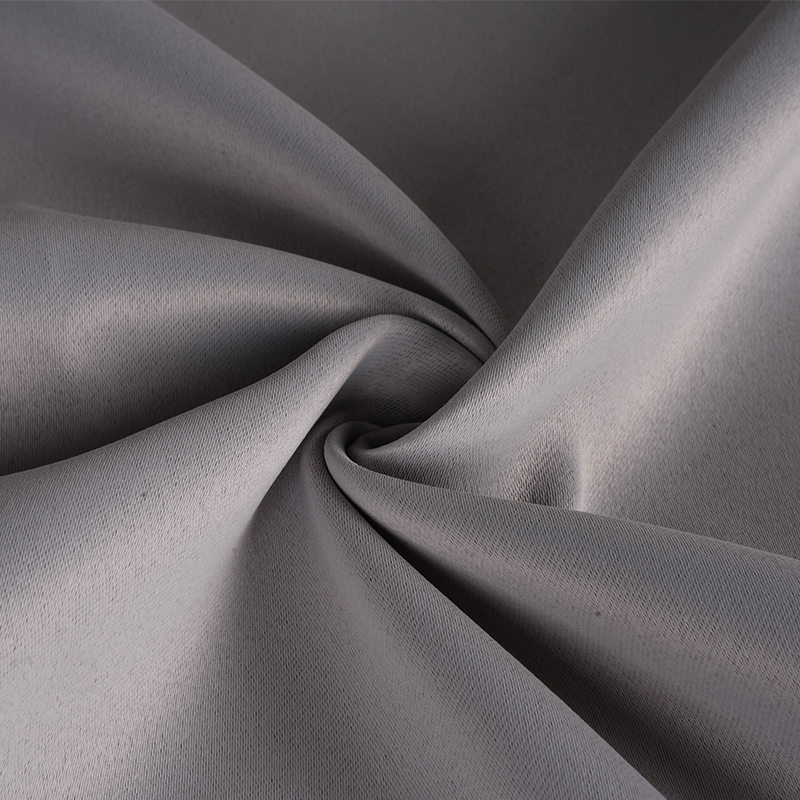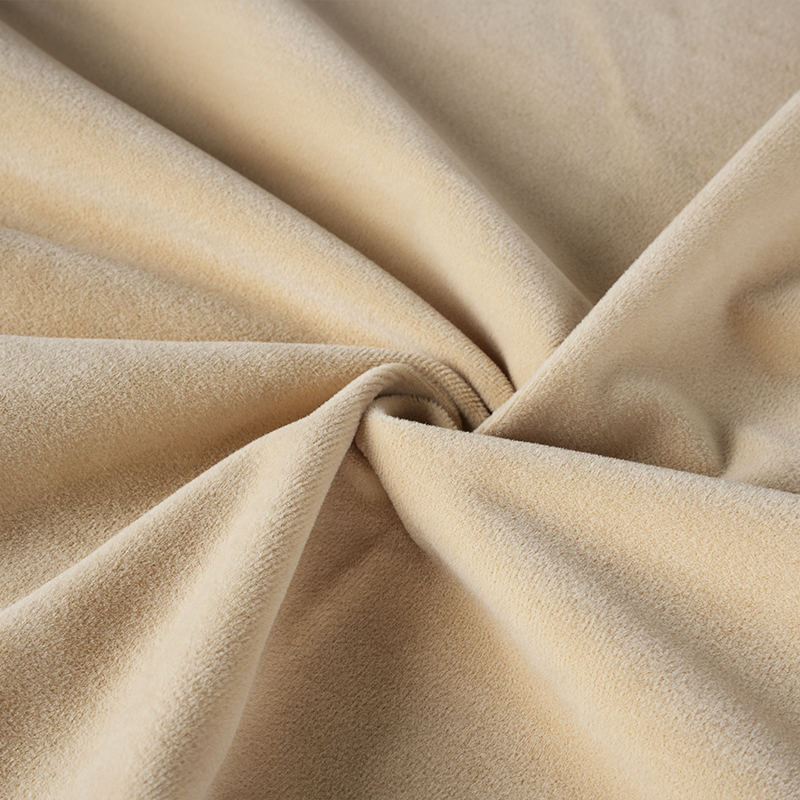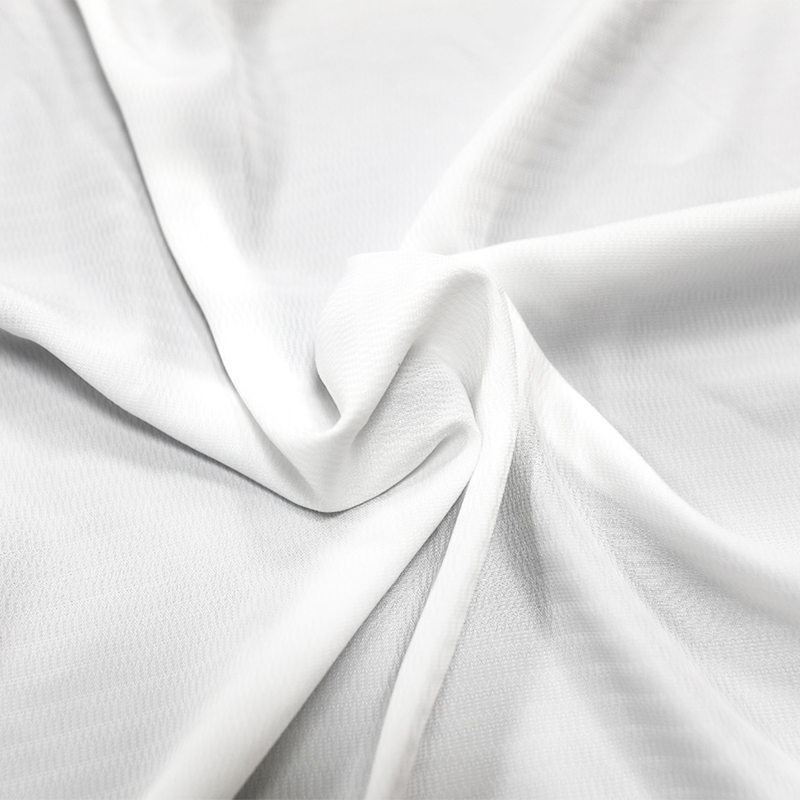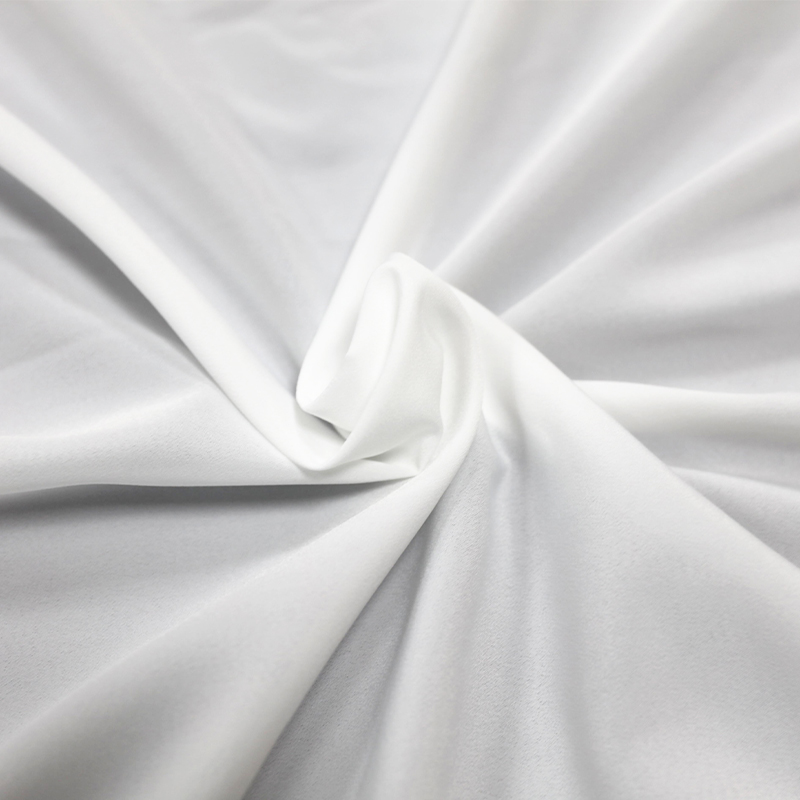-
Phone:+86-13815442820
-
E-mail:[email protected]
-
Address:Room 0415-2, Building 1, Baohui Business Building, Keqiao Street, Keqiao District, Shaoxing City, Zhejiang Province
How to choose curtain fabrics suitable for different spaces?
 2025.08.04
2025.08.04
 Industry News
Industry News
1. Why is the choice of curtain fabric important?
Many people think that curtains only need to be beautiful. In fact, the wrong choice of curtain fabric may lead to multiple problems. Curtain fabric directly affects the lighting and privacy protection of the space. If it is too thin, the room will be visible when the lights are turned on at night, and there is a lack of security; if it is too thick, the lighting during the day will be poor, which will make the space look depressing. Curtain fabric is related to heat insulation, thermal insulation and sound insulation. For example, heavy velvet fabric not only blocks light, but also effectively reduces noise, which is suitable for bedrooms or rooms facing the street. Fabric quality affects durability and cleaning convenience. Although some natural materials are beautiful, they are easy to shrink or mold, while polyester fabrics are relatively durable and easy to clean. Finally, environmental protection and health cannot be ignored. Some inferior fabrics contain formaldehyde or other harmful chemicals, which will pose a threat to the health of family members. Therefore, when purchasing curtains, it is necessary to comprehensively consider the factors of beauty, practicality and safety, so as to achieve both function and style.
2. Detailed explanation of common curtain fabric materials
There are many types of curtain fabrics, and each material has its unique advantages and applicable scenarios. Cotton fabrics are naturally soft and breathable, suitable for warm spaces such as bedrooms or children's rooms, but attention should be paid to anti-shrinkage and anti-wrinkle treatment. Linen fabrics are rough in texture, comfortable to the touch, and have good breathability and anti-static properties. They are often used in living rooms or study rooms to create a natural and rustic style. Linen is easy to wrinkle and relatively expensive. Velvet fabrics are thick and noble, with strong light-blocking properties, which can significantly enhance the luxury of the space. They are often used in living rooms or bedrooms, but the cleaning and maintenance costs are high. Polyester fabrics are the most common choice, with high cost-effectiveness, durability, wrinkle resistance, and moisture resistance, especially suitable for spaces such as kitchens or balconies that are prone to moisture. For those who pursue comprehensive performance, blended fabrics are a good choice. They combine the comfort of natural fibers and the durability of chemical fibers, and are suitable for various scenarios. Understanding the characteristics of these fabrics is a must before choosing curtains.
3. Strategies for choosing curtain fabrics for different spaces
Living room: focus on decoration and lighting
The living room is the main space for family activities, which requires a bright and transparent visual effect, while also having a certain degree of privacy. For the fabric of the living room curtain, it is recommended to choose a light and light-transmitting fabric, such as linen or cotton and linen blends. This kind of material is natural and soft, can filter strong light well, and retain comfortable brightness. If the living room faces south or the light is too strong, a double-layer design can be adopted, that is, a light gauze curtain is used on the inner layer, and a cloth curtain of moderate thickness is matched on the outer layer, which can not only adjust the light, but also protect privacy at night. For those who pursue texture, you can choose a linen material with a fine texture and a strong sense of drape. It is not only breathable, but also presents a natural and high-end decorative effect. In terms of color, the living room curtains should choose neutral colors or light colors that are coordinated with the walls and furniture, and avoid too dark colors that make the space look depressing.
Bedroom: Pay attention to shading and privacy
The bedroom is a place for rest and relaxation, and comfort and quietness are essential. The primary function of curtains is a high shading rate to ensure a good sleeping environment. The curtain fabric suitable for the bedroom should be thick and dense, such as velvet or high-density polyester. This kind of material not only has a significant shading effect, but also has a certain sound insulation effect, which can effectively reduce external noise interference. If the bedroom faces east and the light is strong in the morning, the shading performance should be considered. Double-sided polyester fabric with shading coating can be selected. It is recommended to choose dark or neutral colors for bedroom curtains, which can further enhance the shading effect and create a quiet and calm atmosphere. For those who like a romantic atmosphere, a double-layer design can be adopted. While ensuring shading, it can be matched with light gauze curtains to add a soft feeling.
Kitchen: stain-resistant and moisture-proof
The kitchen is the place where oil smoke and water vapor are most concentrated in the home, so the curtain fabric must be moisture-proof, stain-resistant and easy to clean. Traditional cotton and linen materials are not ideal in the kitchen because they easily absorb oil smoke and are inconvenient to clean. It is more recommended to choose polyester or PVC coated fabrics, which are not only waterproof and oil-proof, but also lightweight. When cleaning, just wipe with a damp cloth to avoid the trouble of frequent disassembly and washing. Kitchen windows are usually small, so it is recommended to choose simple curtain styles, such as roller blinds, blinds or Roman blinds. This type of design saves space and is practical and beautiful. In terms of color, it is recommended to choose light or warm colors, which can keep the kitchen bright and not easy to get dirty. If the kitchen is exposed to strong sunlight, you can also choose a sun-proof roller blind with a certain sunshade function to prevent high temperature from affecting the cooking experience.
Study: Comfortable Eye Protection
The study is a space for focusing on reading or working, and has special requirements for light: it should not be too dark to affect vision, nor too glaring. Therefore, the study curtain fabric should be selected with moderate light transmittance and soft texture, such as linen or cotton and linen blends. This type of fabric can effectively soften the light, create a soft and natural lighting environment, and reduce eye fatigue. In terms of color, it is recommended to choose refreshing tones such as beige, light gray or light blue, which can keep people awake and focused. If the study faces the sun and the sun shines directly, it is recommended to use a double-layer curtain design, use a light-transmitting gauze curtain to filter strong light during the day, and draw the curtain at night to protect privacy. For those who like modern style, you can choose a lightweight roller blind with a sunscreen coating, which can save space, adjust light, and maintain a comfortable working atmosphere.
Children's room: safety and health
The choice of curtains for children's rooms needs to strike a balance between safety, environmental protection and fun. The fabric must be formaldehyde-free and hypoallergenic. It is recommended to choose natural cotton or environmentally friendly blended materials, which are not only soft and comfortable, but also reduce the risk of allergies. The curtains in the children's room should have a certain degree of light blocking to help children form good sleeping habits, but it is not necessary to choose too heavy materials to avoid affecting daytime lighting. In terms of safety, curtains with long drawstrings should be avoided to prevent entanglement or accidents. You can choose a safety zipper design or electric curtains. The colors and patterns can be more lively, such as cartoon patterns, animals or natural themes, which not only meet the interests of children, but also enhance the fun of the space. In addition, it is recommended to choose easy-to-clean fabrics to keep the room clean and avoid dust accumulation.
4. Additional considerations
When choosing curtain fabrics, you also need to pay attention to color matching and overall style. Curtains should be coordinated with walls, furniture, and floors to avoid abruptness. The quality of the track or curtain rod also affects the user experience. It is recommended to choose smooth and durable materials to avoid frequent jams. In terms of budget, cotton, linen and velvet materials are relatively expensive and suitable for people who have high requirements for texture, while polyester takes into account practicality and cost-effectiveness. For those who pursue environmental protection, they can give priority to products that have passed environmental certification to ensure health and safety.

 English
English Español
Español عربى
عربى